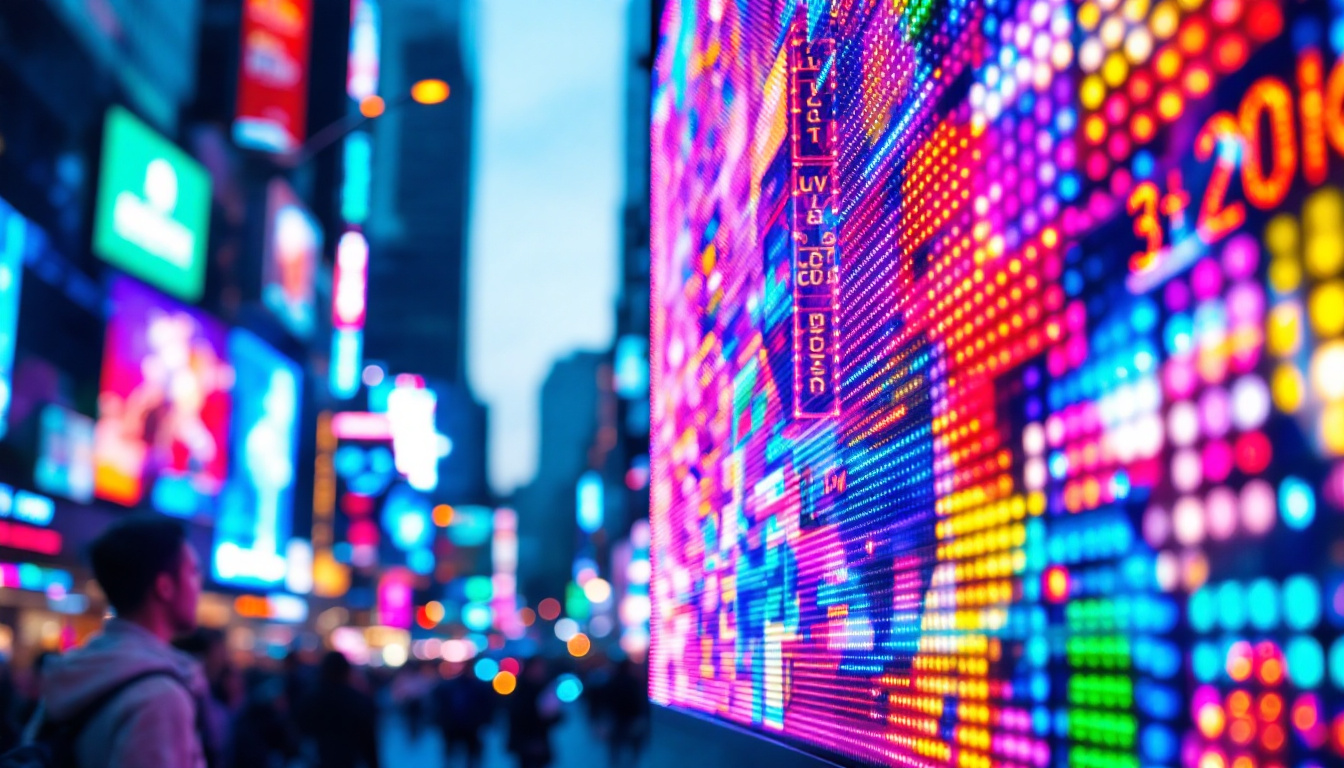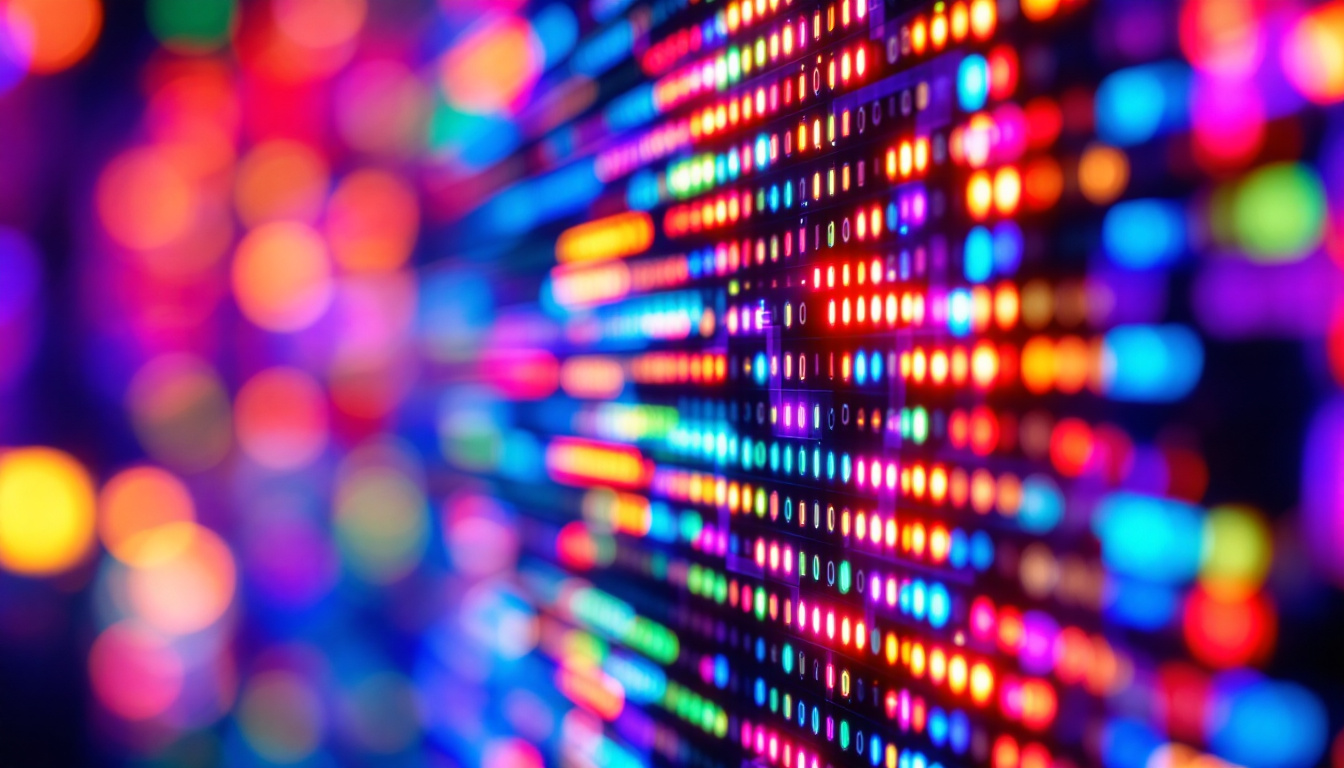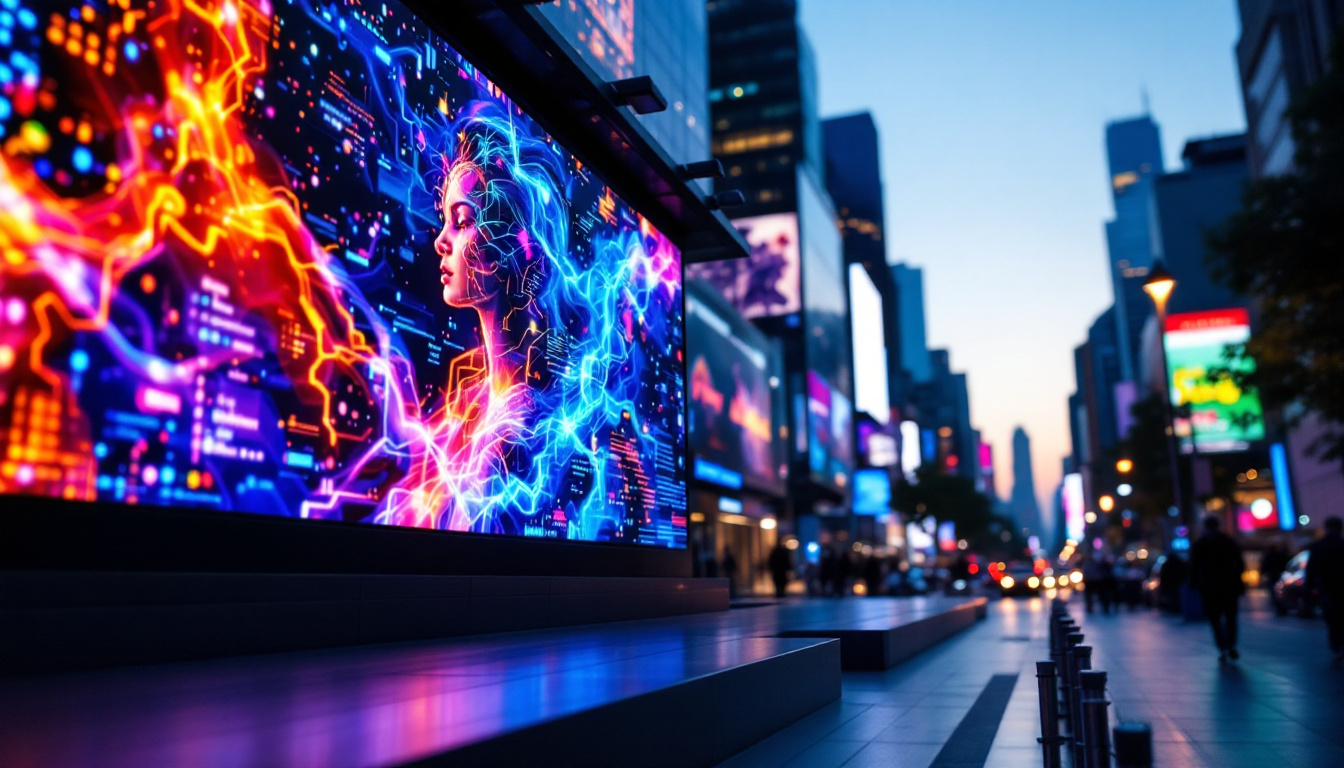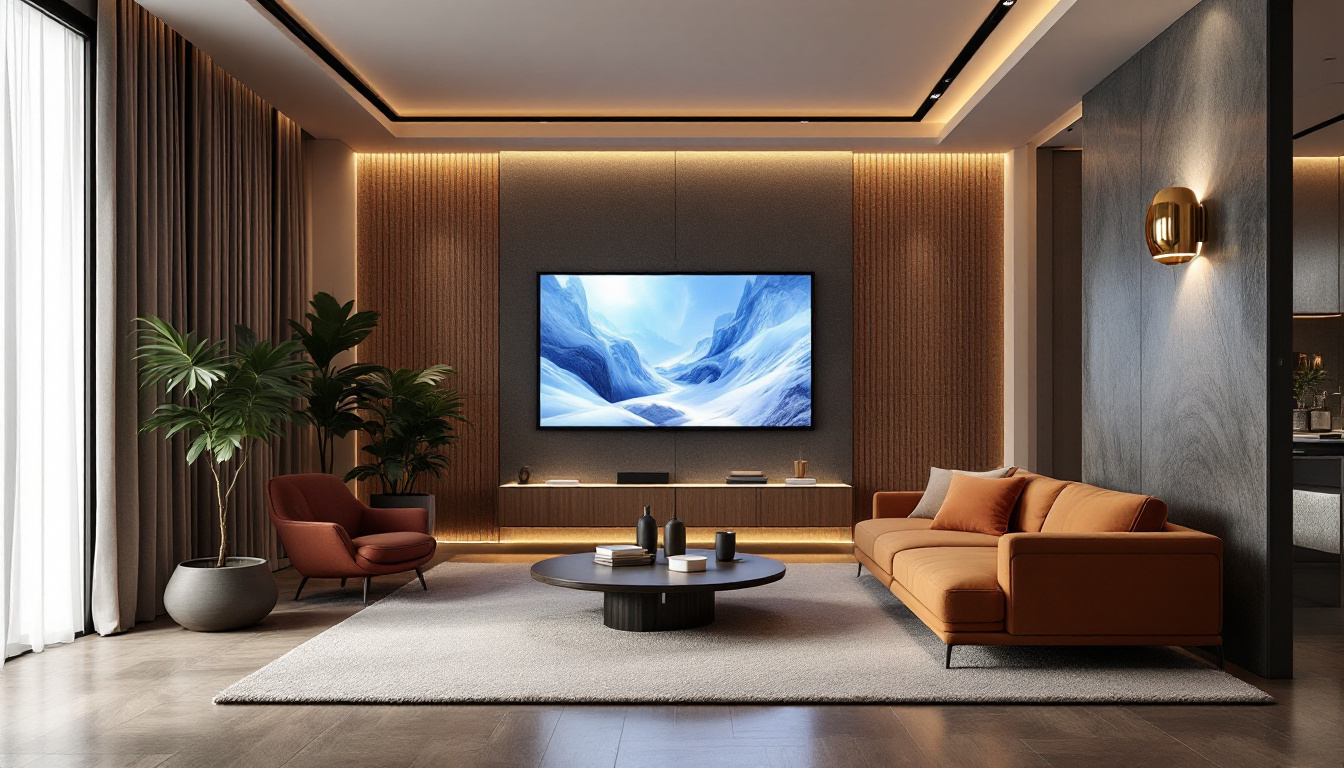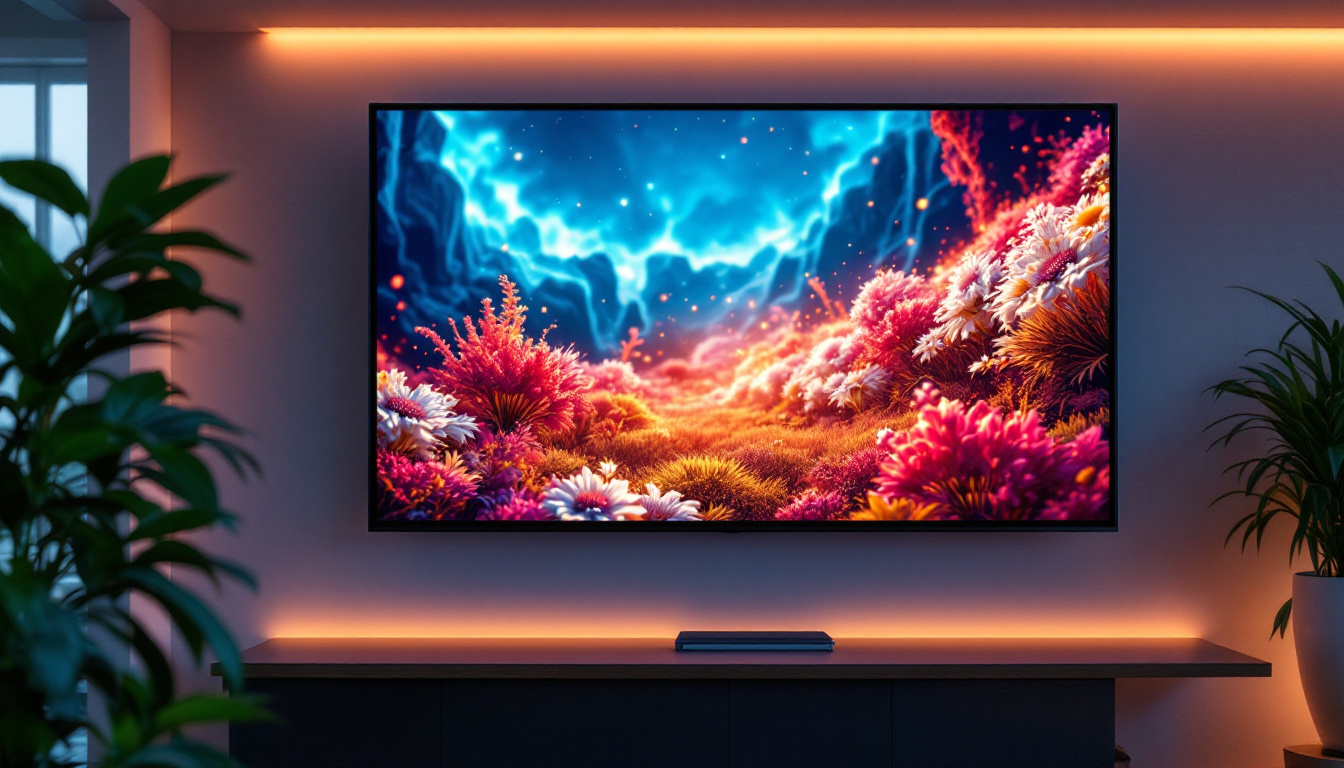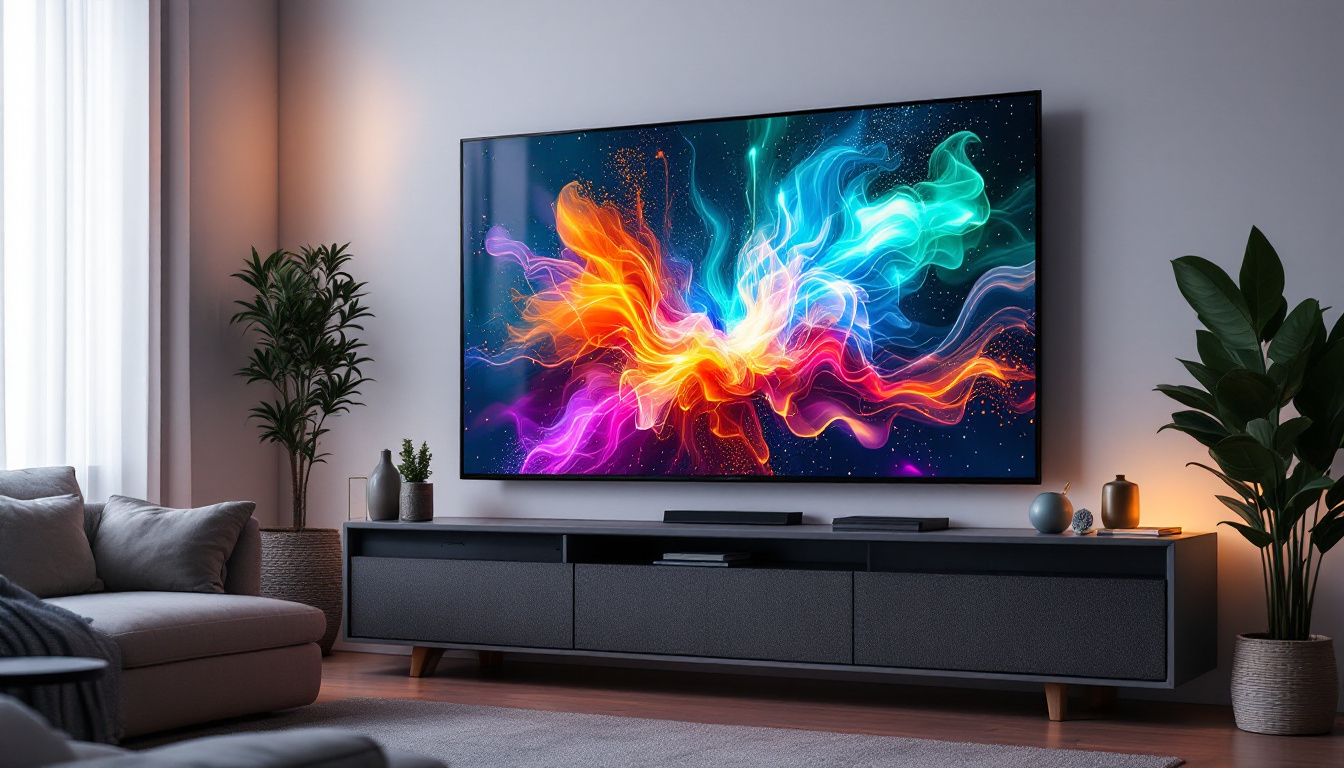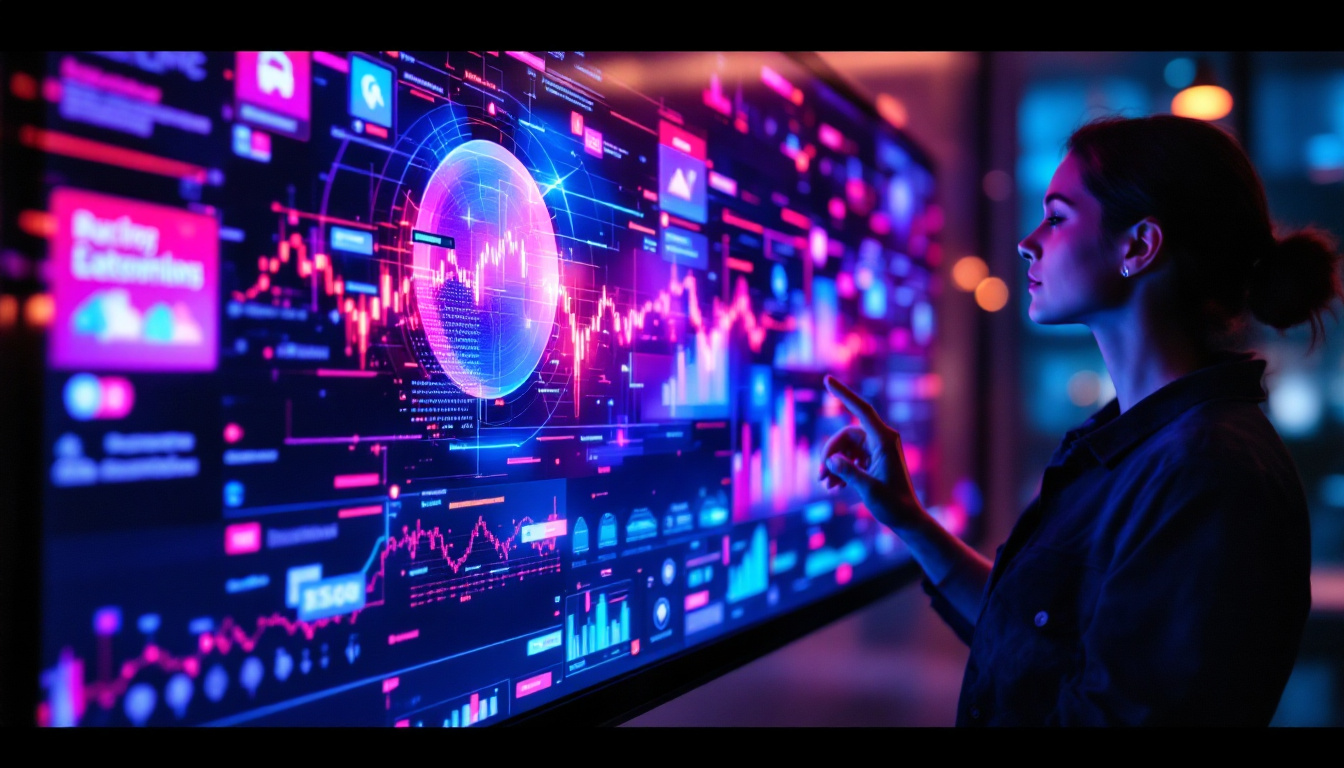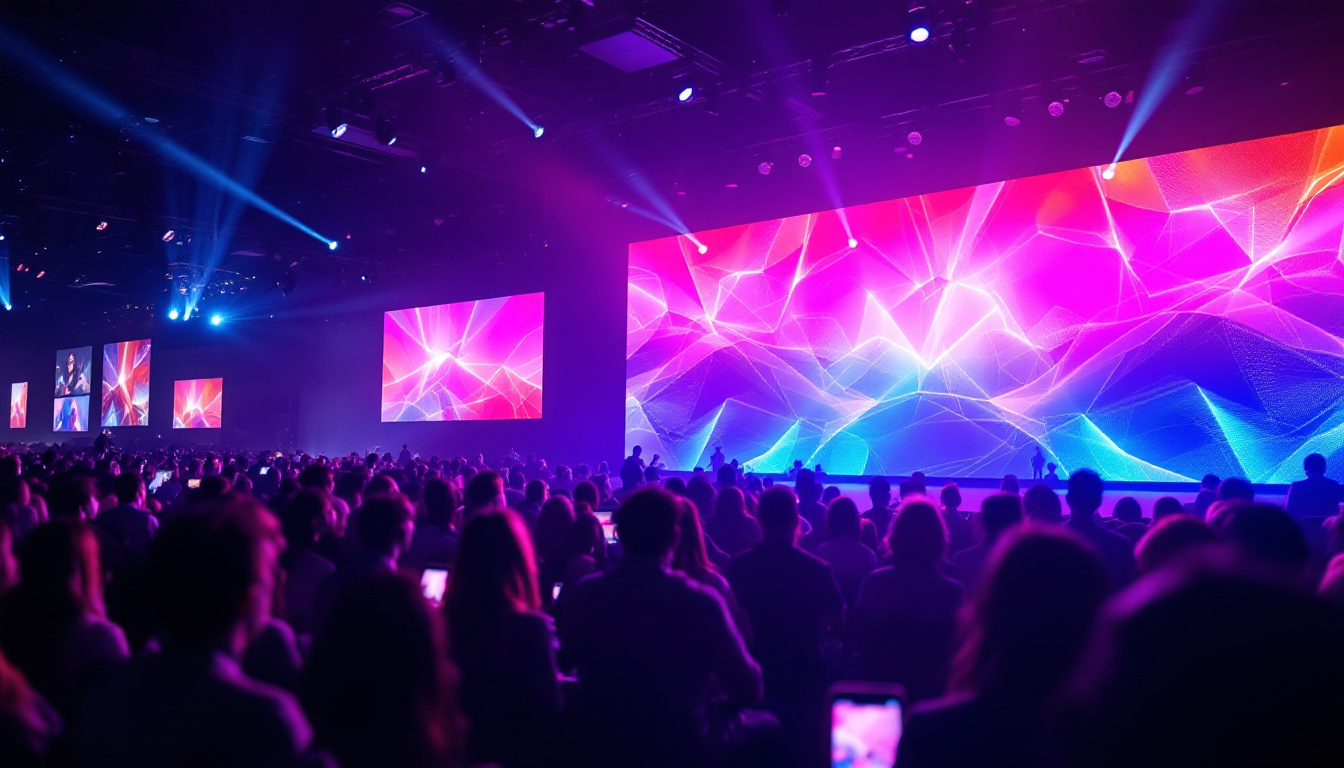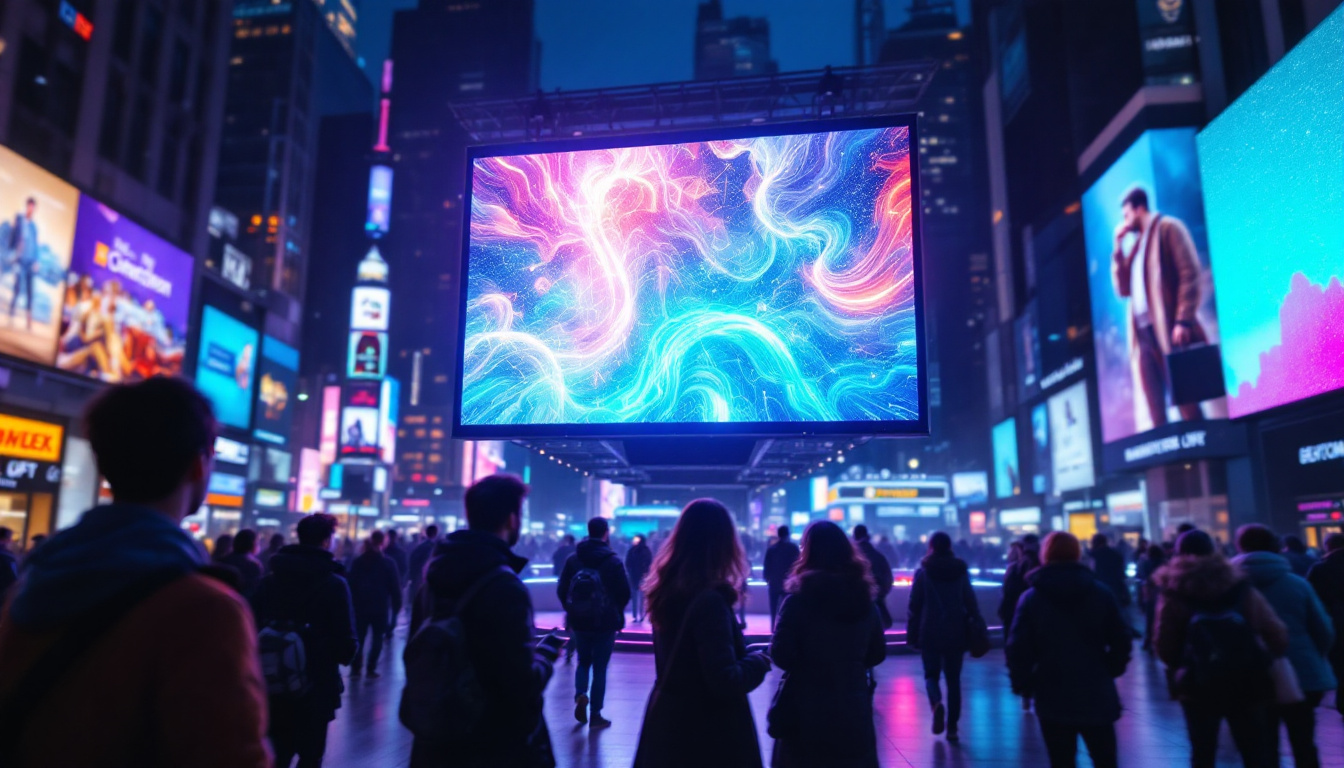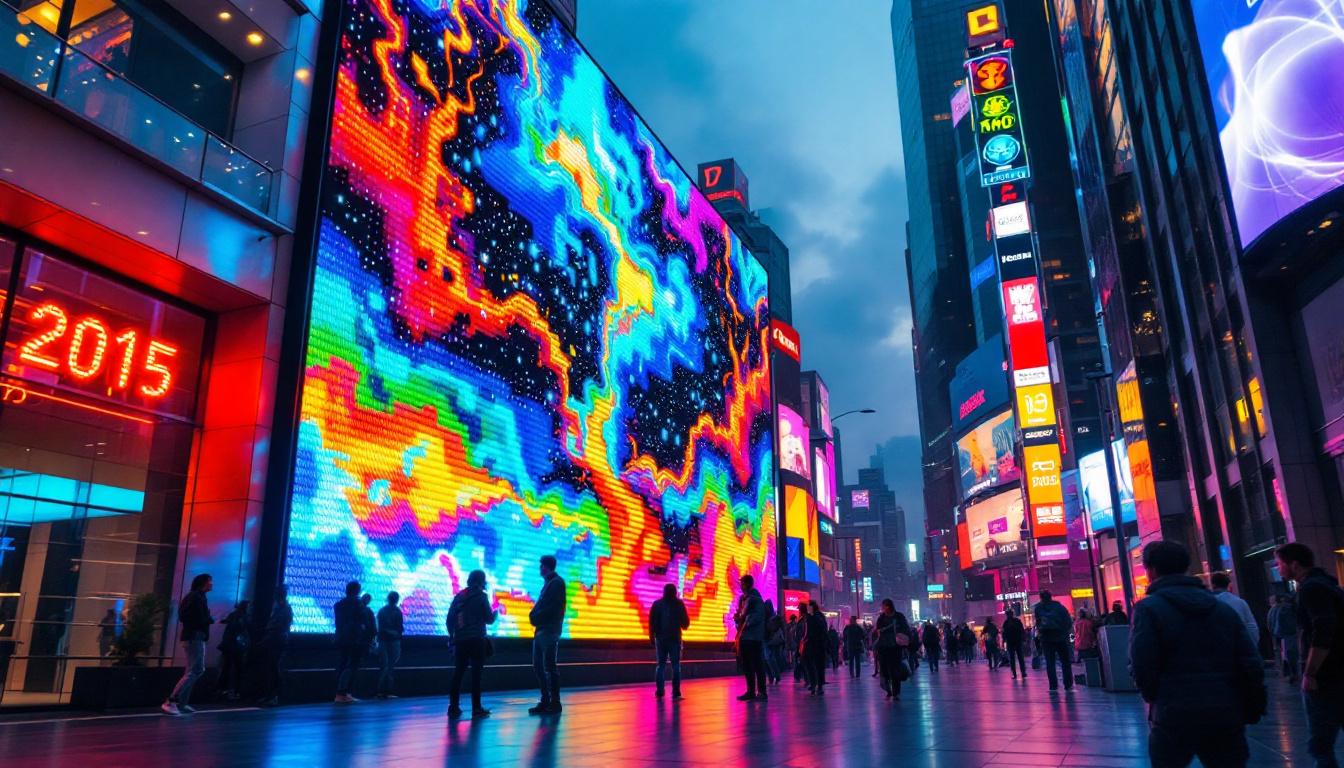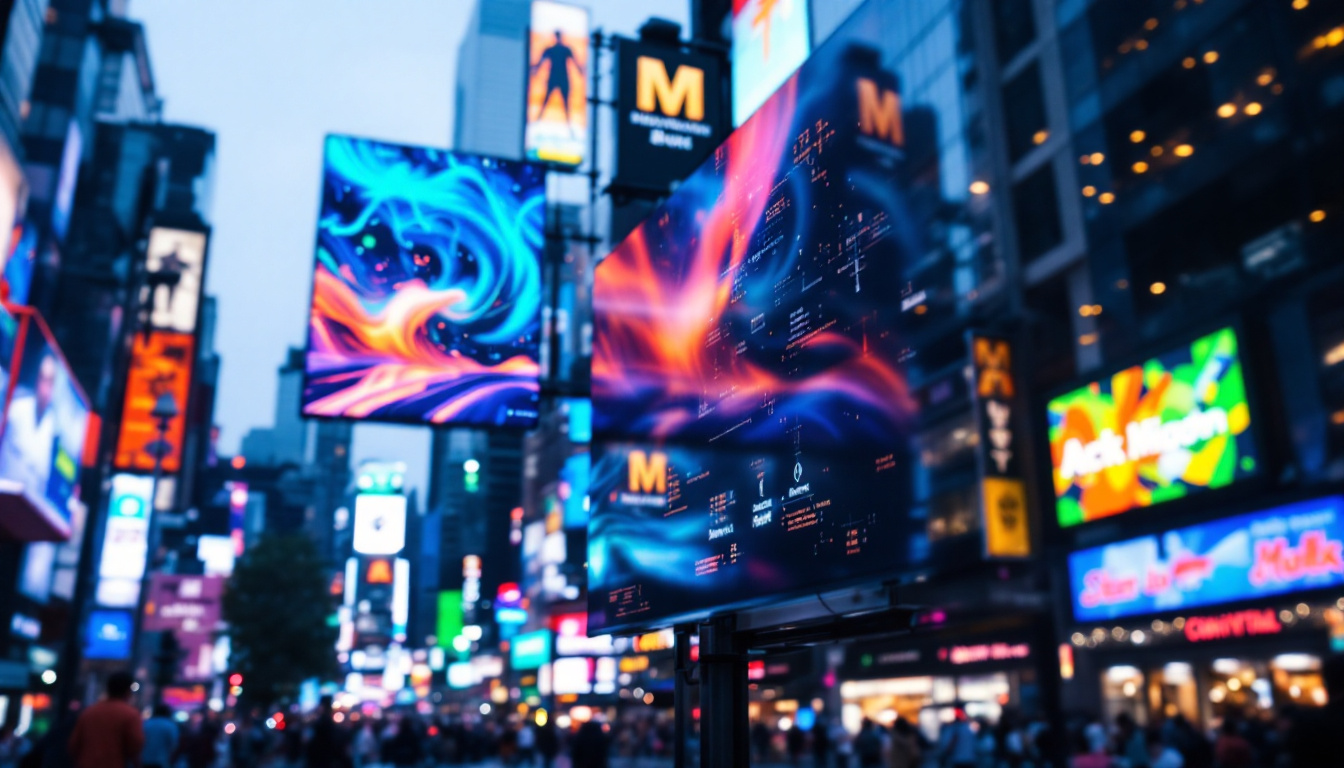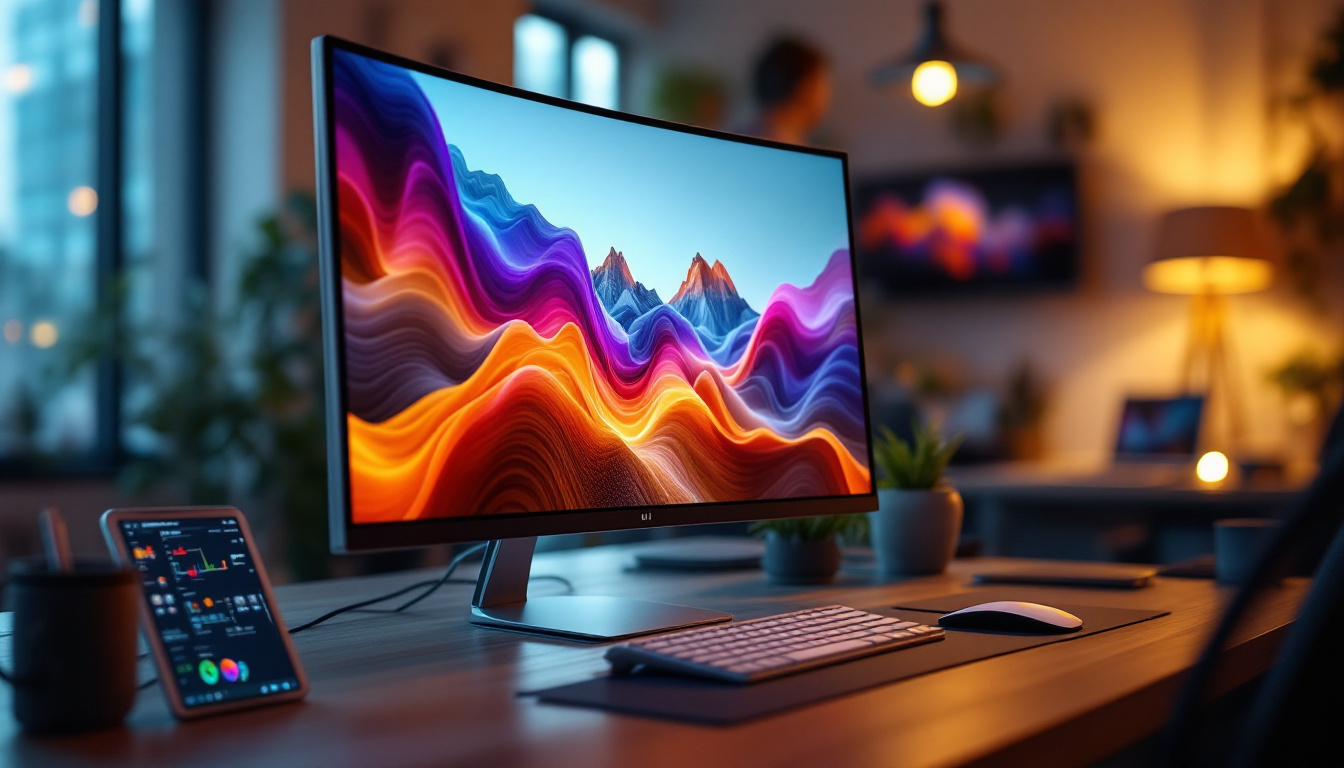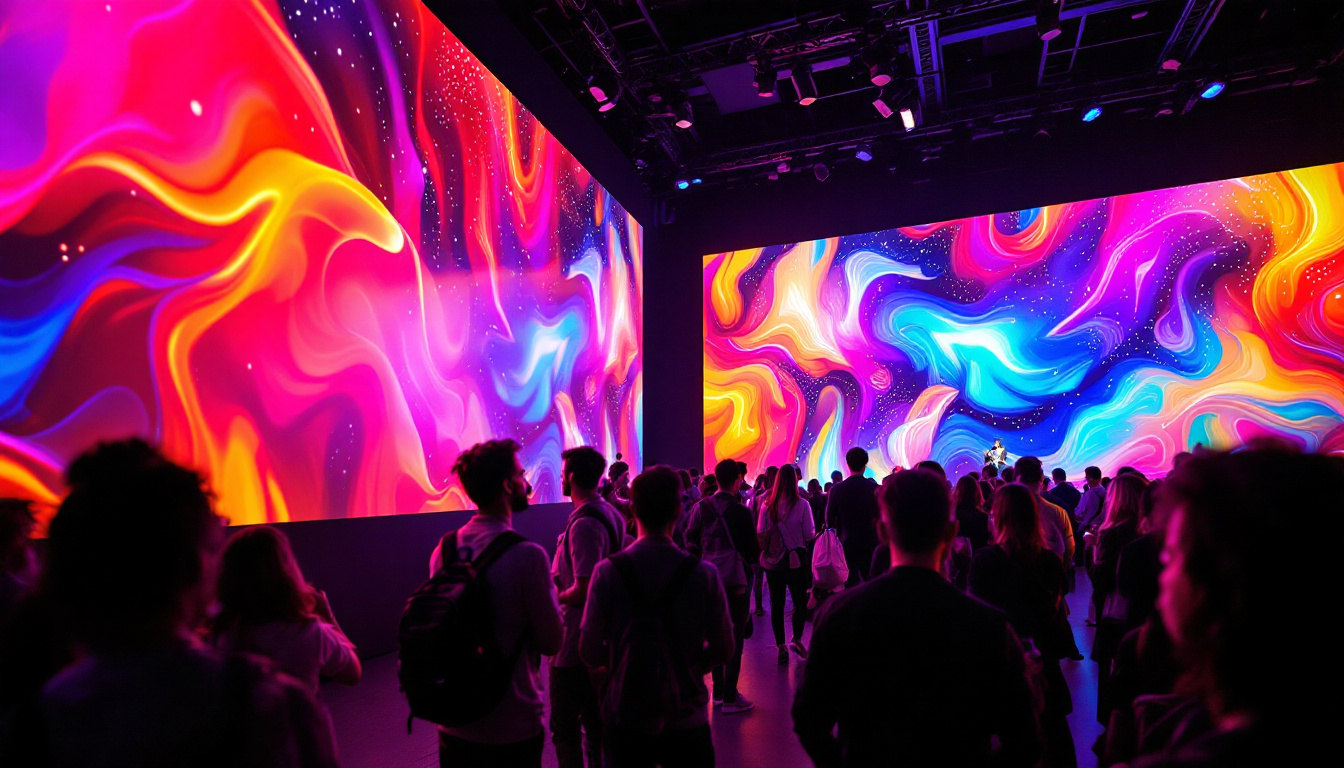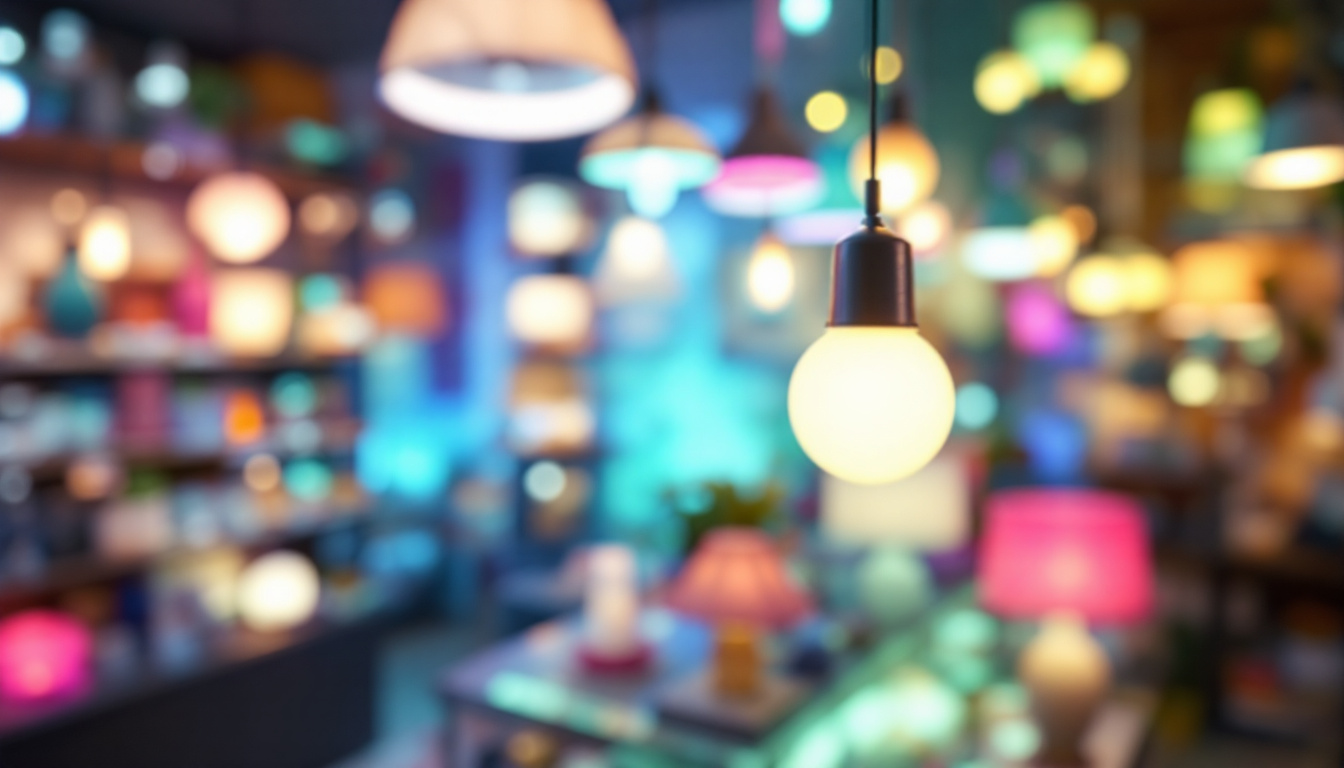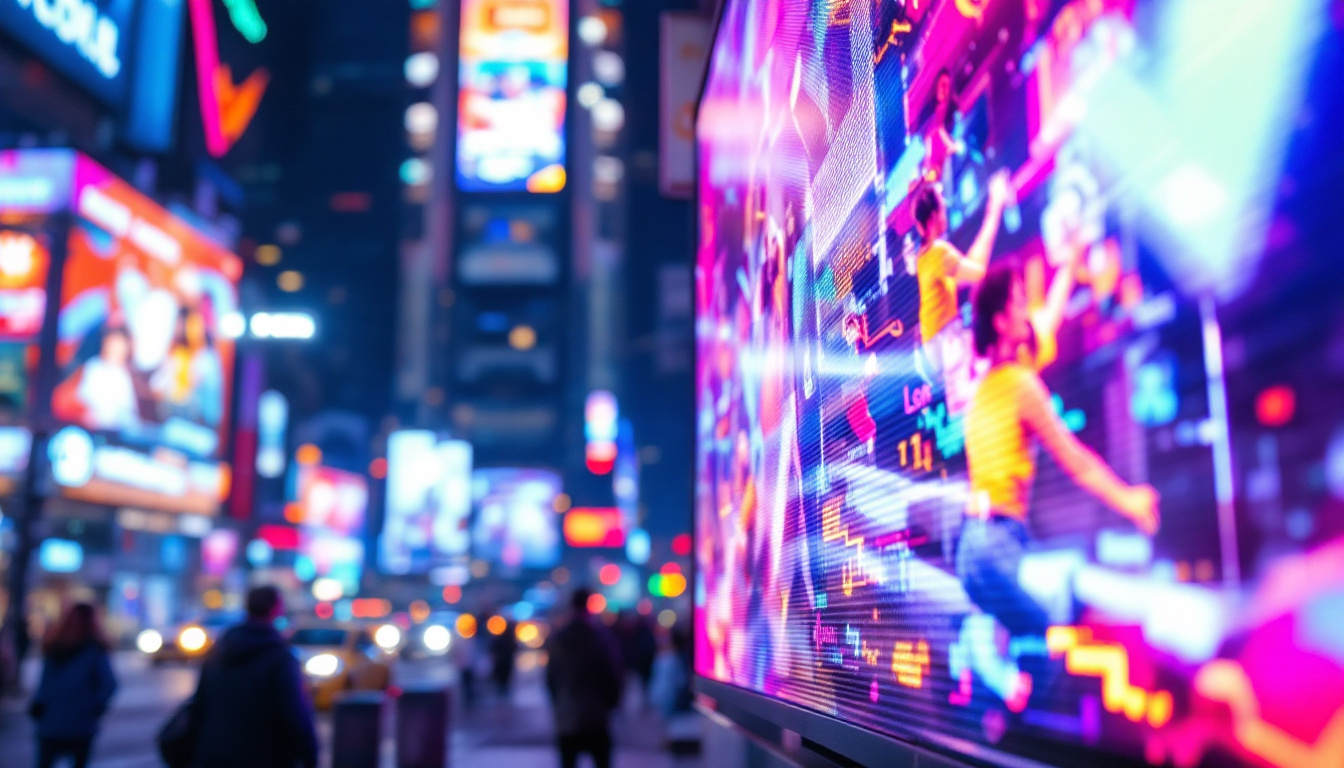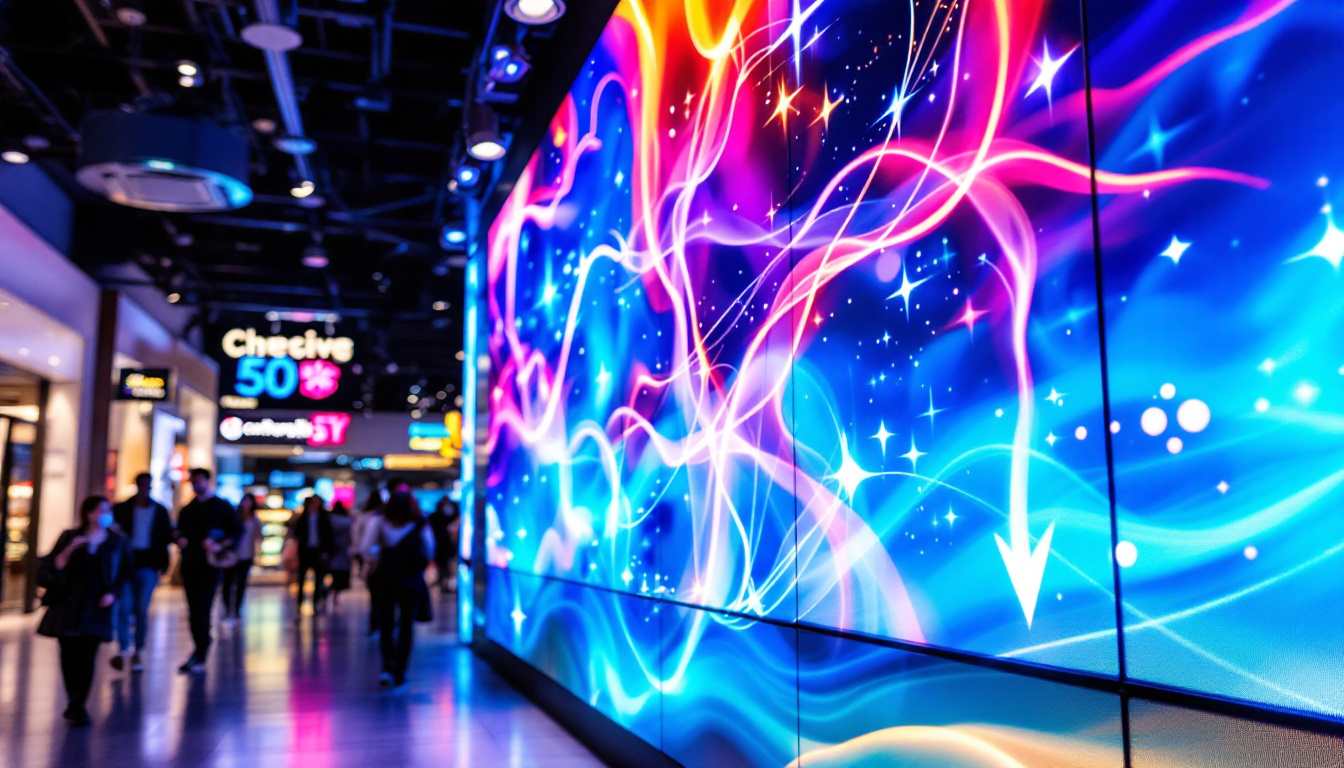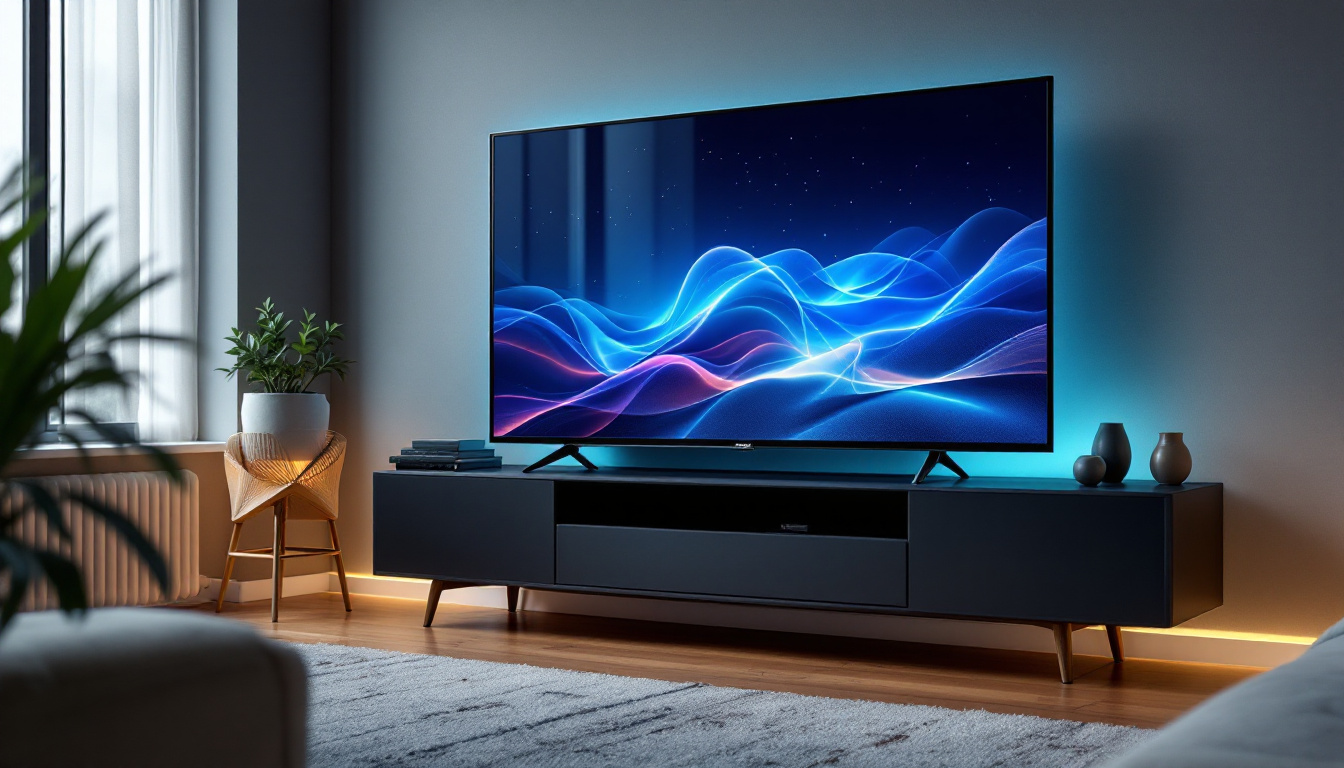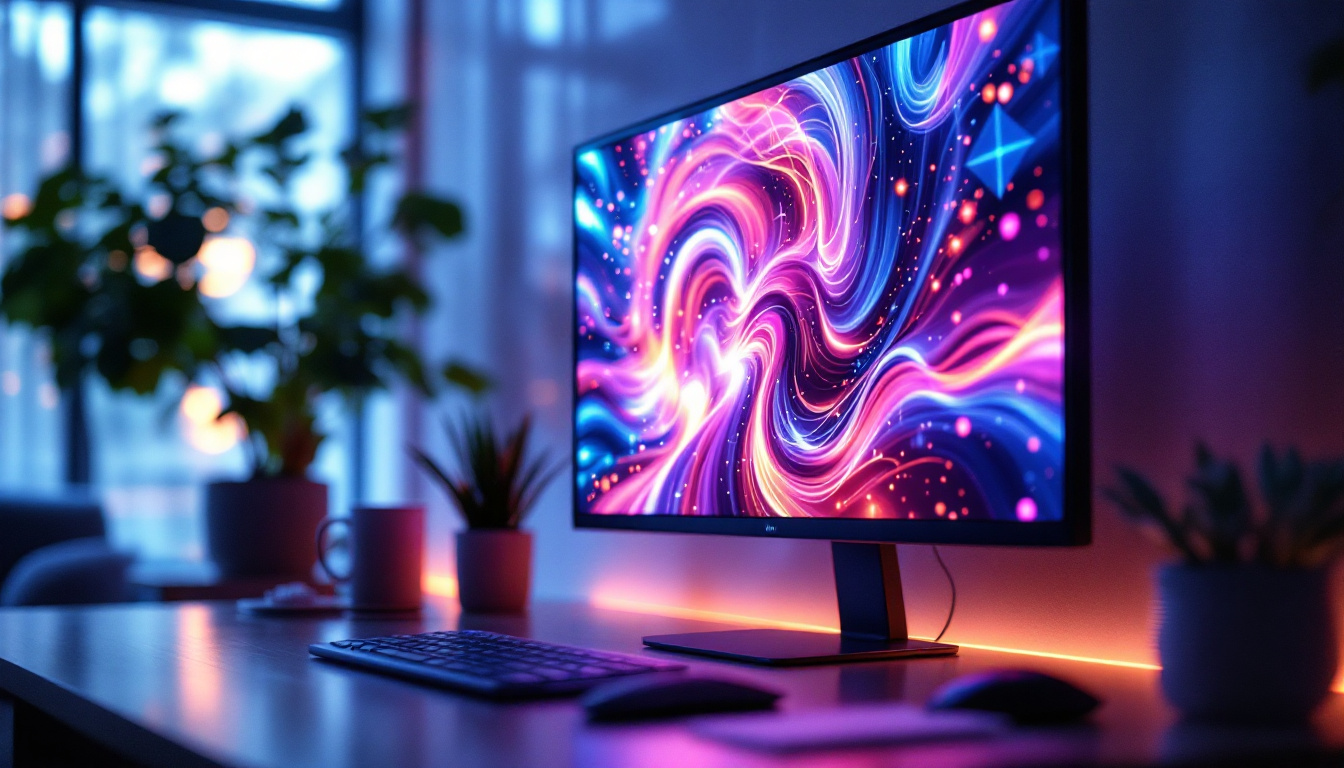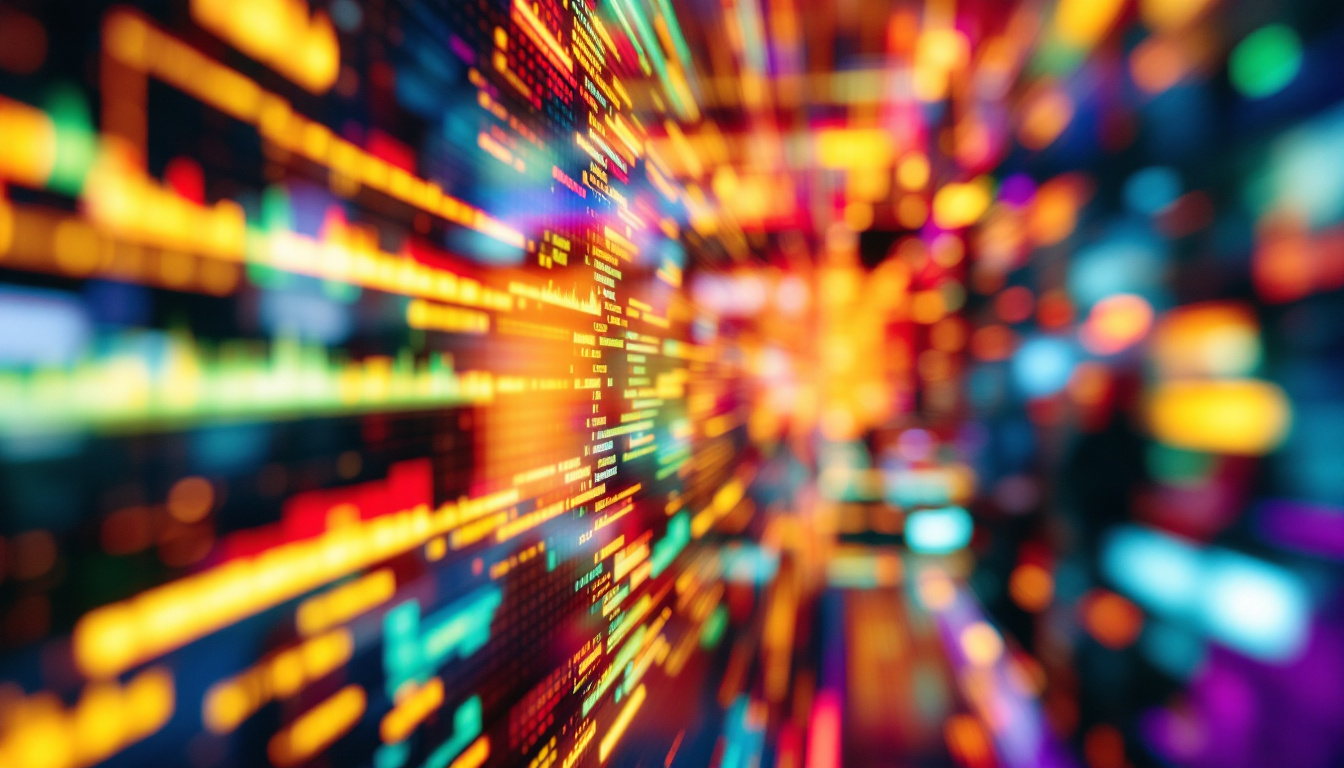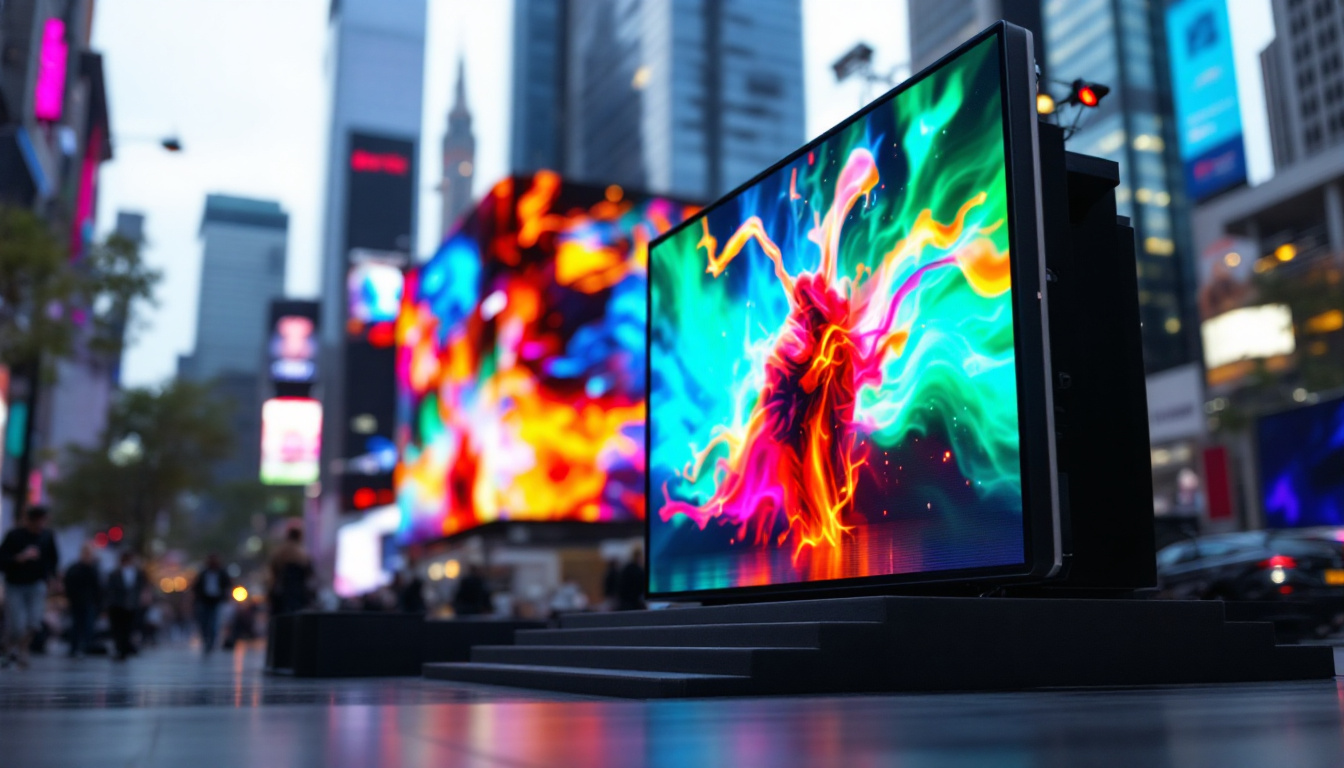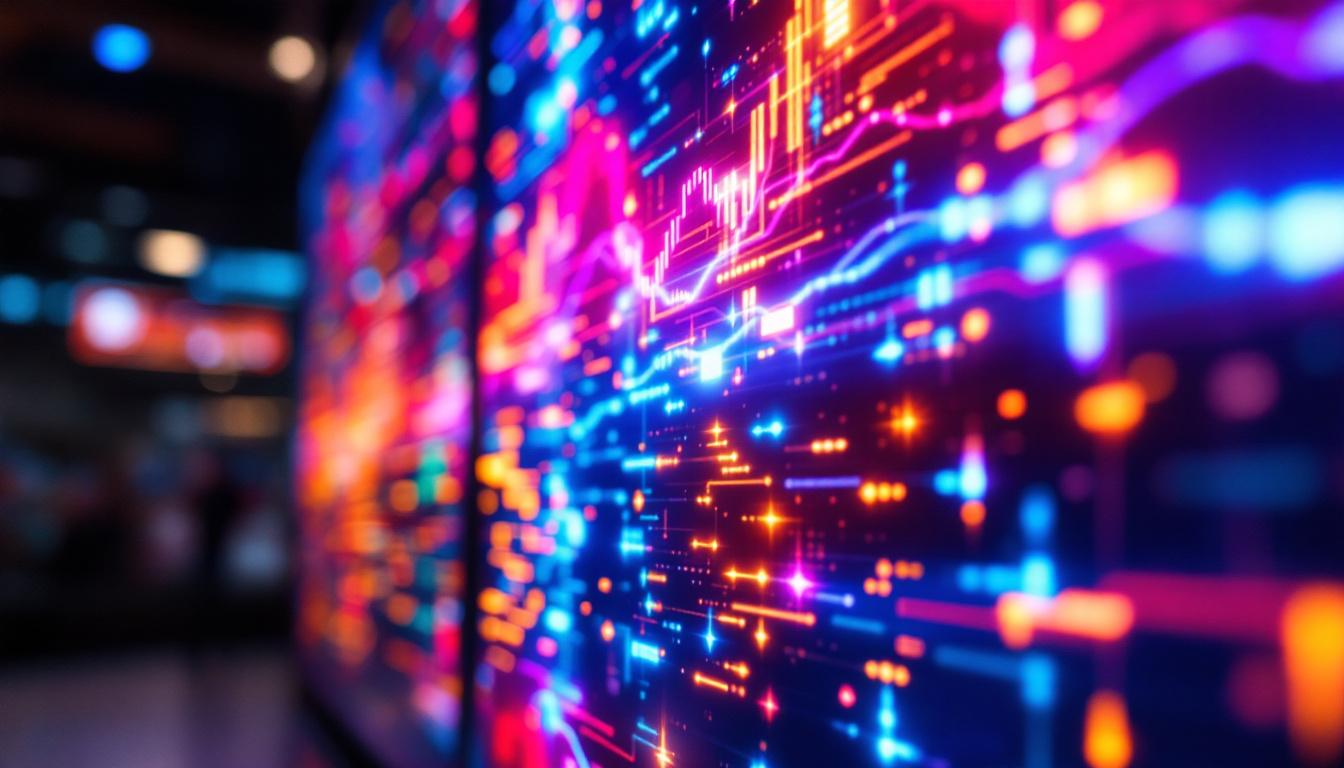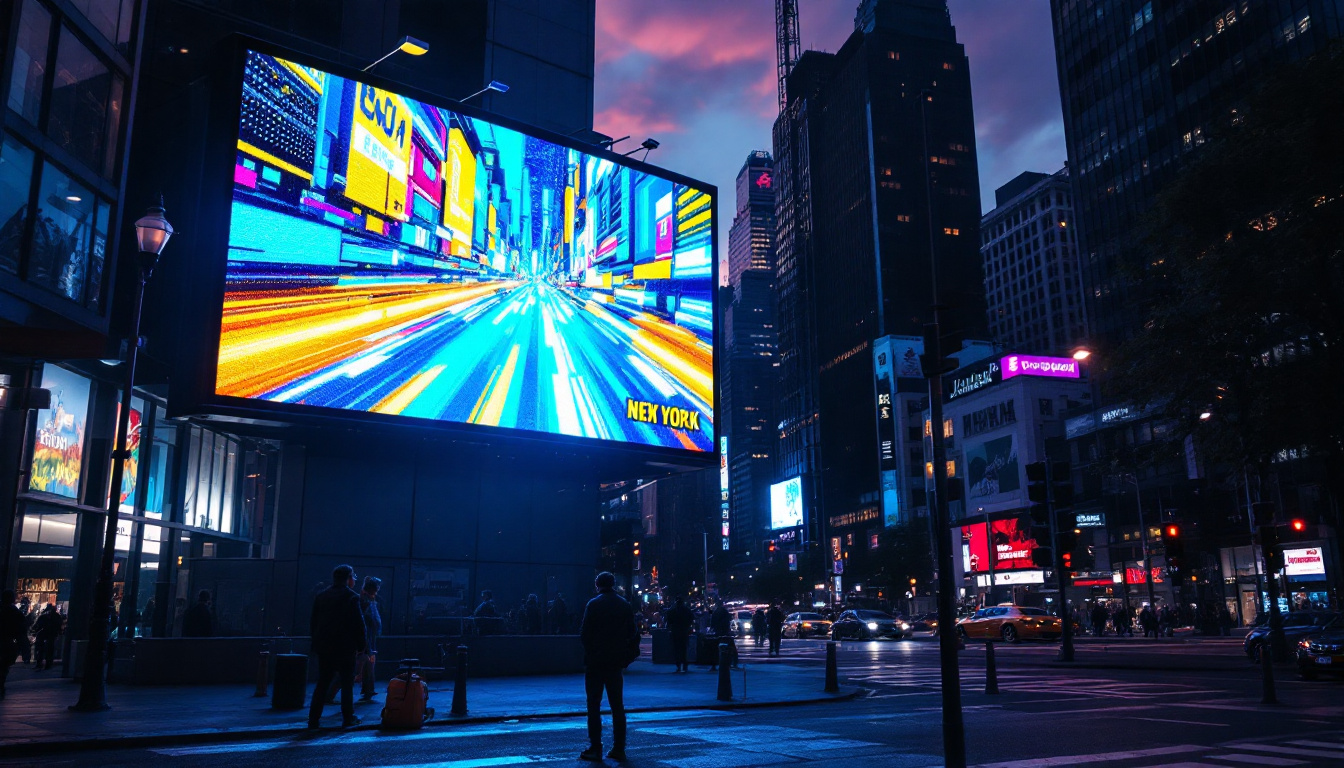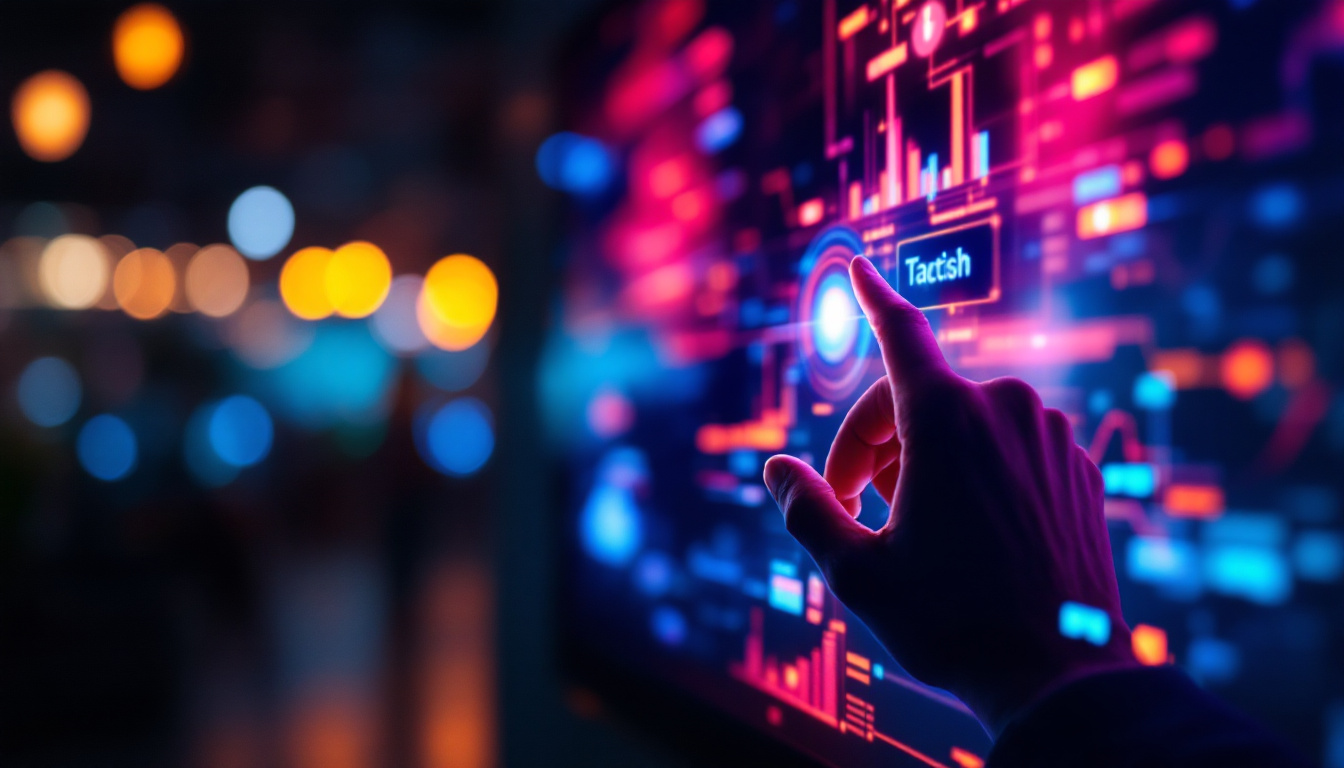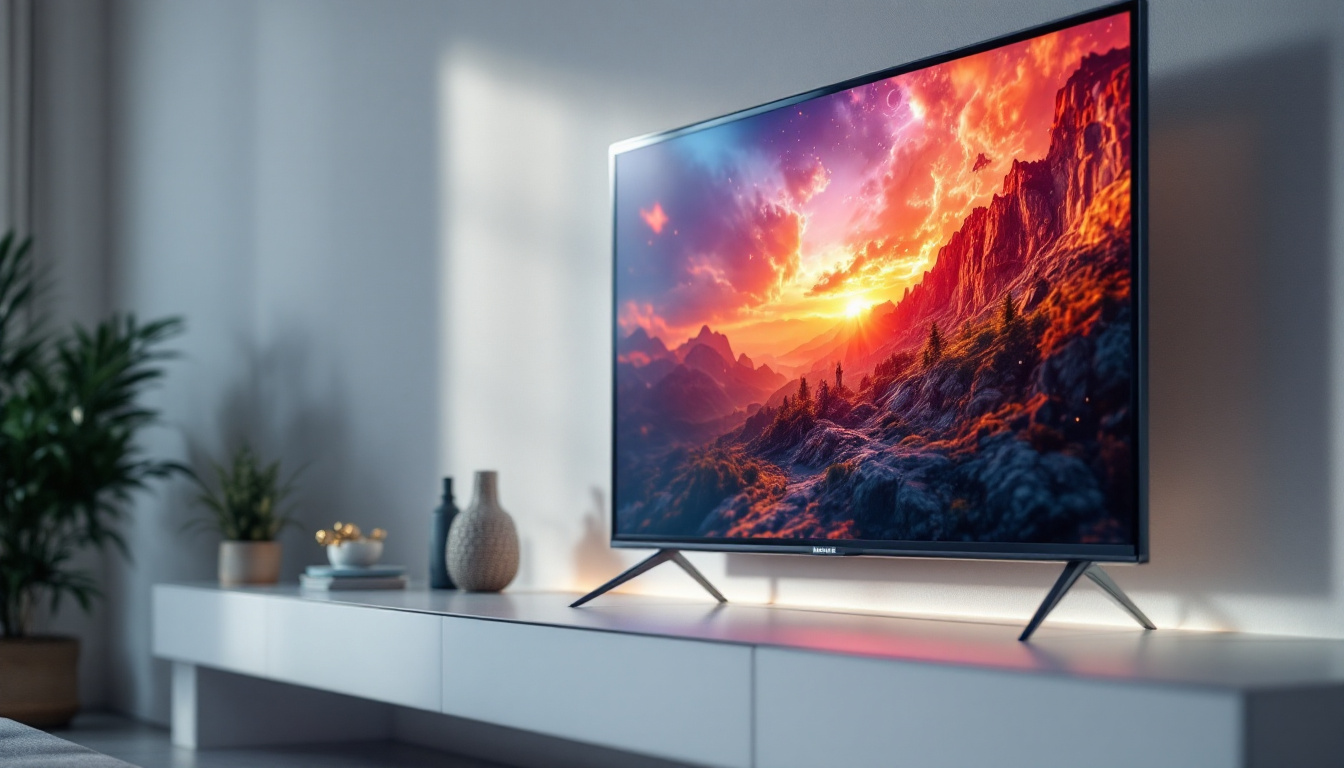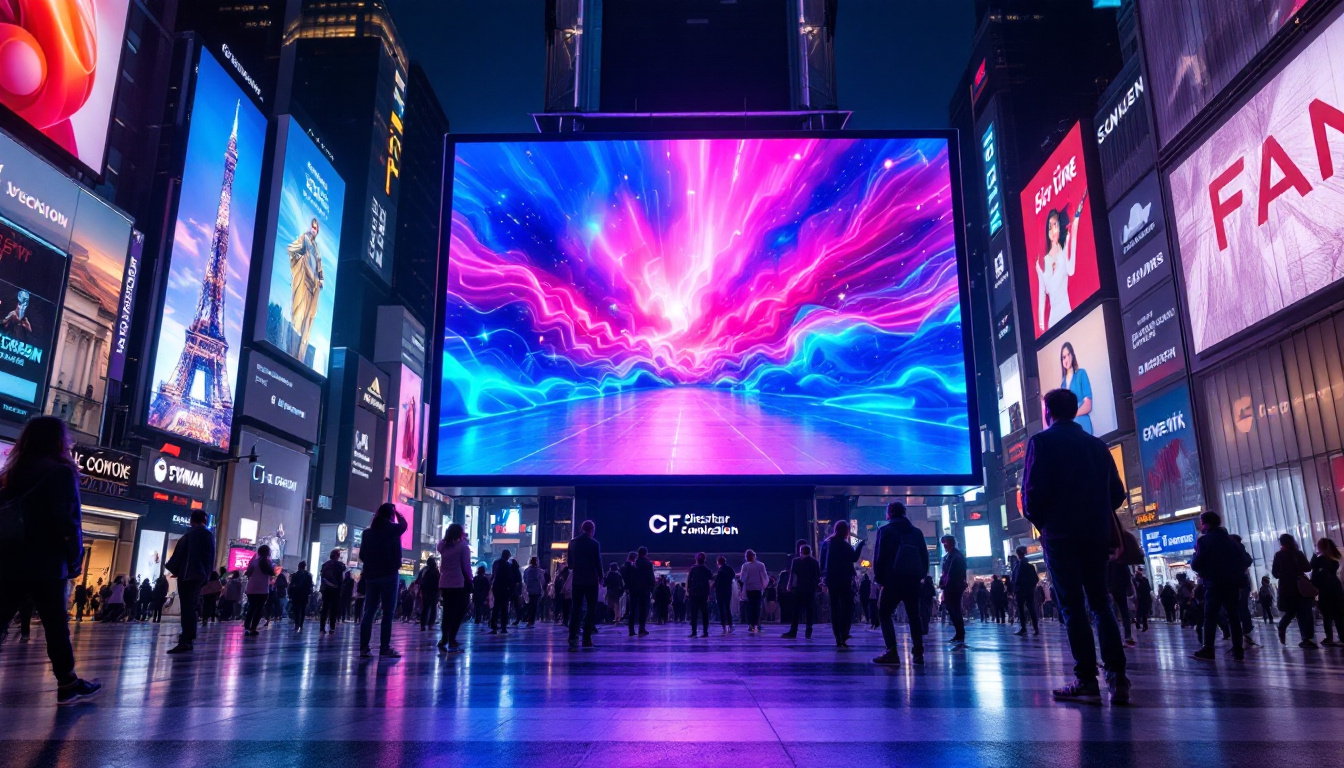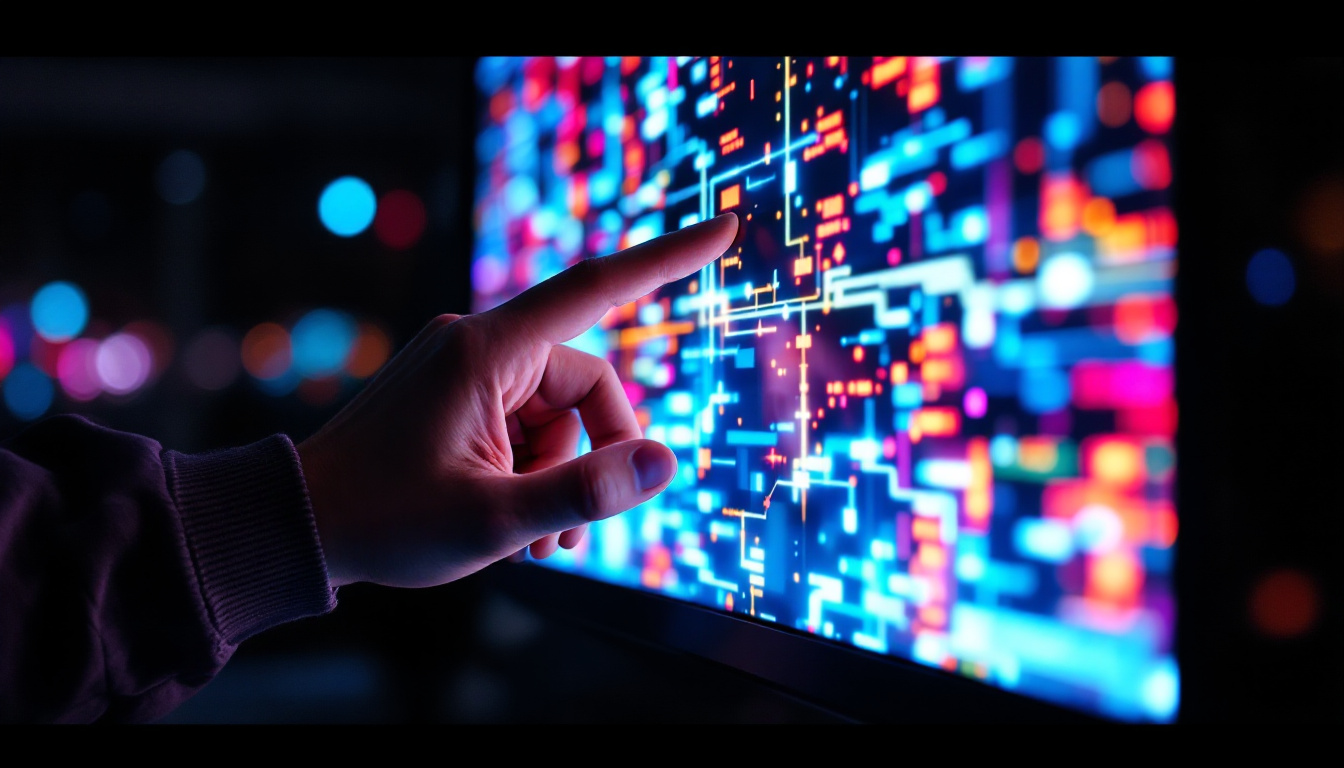In today’s fast-paced digital world, the importance of high-quality displays cannot be overstated. LED (Light Emitting Diode) technology has revolutionized how we interact with screens, providing vibrant colors, energy efficiency, and longevity. This article delves into the intricacies of LED displays, their advantages, and their applications, particularly in the context of Monitor-24X7.
Understanding LED Technology
LED technology is fundamentally different from traditional display technologies such as LCD (Liquid Crystal Display) and CRT (Cathode Ray Tube). At its core, an LED display uses semiconductor diodes that emit light when an electric current passes through them. This simple yet effective mechanism allows for a range of applications, from televisions to large-scale digital billboards. The evolution of LED technology has revolutionized the way we experience visual media, providing not only enhanced brightness and energy efficiency but also enabling thinner and lighter designs that fit seamlessly into modern aesthetics.
The Basics of LED Displays
LED displays can be categorized into two main types: direct view and backlit. Direct view LED displays consist of an array of individual LEDs that create the image directly, while backlit LED displays use LEDs to illuminate an LCD panel from behind. The direct view technology is often used in large outdoor screens, while backlit displays are common in televisions and computer monitors. Additionally, advancements in technology have led to the development of OLED (Organic LED) displays, which further enhance color accuracy and viewing angles by utilizing organic compounds that emit light themselves.
One of the most notable features of LED displays is their ability to produce deep blacks and bright whites, resulting in a higher contrast ratio compared to traditional displays. This is achieved through the precise control of individual pixels, allowing for a more dynamic range of colors and improved image quality. Furthermore, LED displays are capable of achieving higher refresh rates, which is particularly beneficial for fast-paced content such as sports and gaming, where smooth motion is crucial for an immersive experience.
Components of LED Displays
LED displays are composed of several key components that work together to create a visual output. These include:
- LEDs: The primary light source, available in various colors.
- Driver Circuitry: Regulates the power supplied to the LEDs, ensuring optimal performance.
- Control System: Manages the input signals and translates them into visual output.
- Housing: Protects the internal components and provides structural support.
Each component plays a vital role in the overall functionality and performance of the display, contributing to the clarity and vibrancy that LED technology is known for. In addition to these components, the integration of advanced cooling systems is essential, especially in high-performance displays, to prevent overheating and maintain longevity. Moreover, the development of smart LED displays has introduced features such as touch sensitivity and connectivity options, allowing for interactive experiences that engage users in new and exciting ways.
Advantages of LED Displays
LED displays offer numerous advantages over traditional display technologies. These benefits make them an increasingly popular choice for various applications, from personal devices to large-scale installations.
Energy Efficiency
One of the standout features of LED displays is their energy efficiency. Compared to LCDs and CRTs, LED displays consume significantly less power, which translates to reduced energy costs over time. This efficiency is particularly beneficial for large installations, such as digital billboards, where continuous operation can lead to substantial savings. Furthermore, the lower energy consumption of LED displays contributes to a smaller carbon footprint, making them an environmentally friendly option in an era where sustainability is increasingly prioritized.
Longevity and Durability
LED displays are known for their long lifespan, often exceeding 50,000 hours of use. This durability is a result of the robust nature of LED technology, which is less susceptible to damage from impacts or environmental factors. As a result, LED displays require less frequent replacement, further enhancing their cost-effectiveness. Additionally, many LED displays are designed to withstand extreme weather conditions, making them suitable for outdoor use in various climates. This resilience ensures that businesses and organizations can rely on their displays to perform consistently, even in challenging environments.
Superior Image Quality
When it comes to image quality, LED displays excel in several areas. They provide a wider color gamut, allowing for more vibrant and accurate colors. Additionally, their high contrast ratios ensure that images appear sharp and clear, even in brightly lit environments. This makes LED displays ideal for both indoor and outdoor applications, where visibility is crucial. The rapid response time of LED technology also means that motion graphics and videos are displayed with minimal blur, enhancing the viewer’s experience. Furthermore, advancements in LED technology have led to the development of high-definition and 4K displays, which cater to the growing demand for high-resolution content in entertainment, advertising, and professional settings.
Applications of LED Displays
The versatility of LED displays has led to their widespread adoption across various industries. From advertising to entertainment, the applications are vast and varied.
Advertising and Marketing
One of the most prominent uses of LED displays is in advertising. Digital billboards and signage utilize LED technology to capture attention with bright, dynamic content. Advertisers can easily update their messages in real-time, allowing for targeted campaigns that can adapt to changing circumstances or audiences.
Moreover, the ability to display high-definition video content on LED screens enhances engagement, making advertisements more effective. This has led to a significant shift in how brands communicate with consumers, moving away from static displays to dynamic, interactive experiences.
In addition to traditional advertising, LED displays have also paved the way for innovative marketing strategies such as augmented reality (AR) experiences. By integrating AR with LED technology, brands can create immersive environments where consumers can interact with products in a virtual space. This not only captivates the audience but also fosters a deeper emotional connection with the brand, making the advertising experience more memorable.
Entertainment and Events
In the entertainment industry, LED displays have become a staple at concerts, festivals, and sporting events. Large LED screens are used to broadcast performances, provide live feeds, and create immersive experiences for audiences. The vibrant colors and high brightness levels ensure that visuals remain clear, even in outdoor settings.
Additionally, LED technology is employed in stage design, where flexible LED panels can be shaped and configured to create stunning visual effects. This adaptability allows for creative expression and enhances the overall atmosphere of events.
Beyond concerts and sports, LED displays have transformed the way we experience theater and live performances. The integration of LED backdrops and animated visuals can enhance storytelling, providing context and depth to the narrative. This technological advancement not only captivates audiences but also opens up new avenues for artistic expression, allowing creators to push the boundaries of traditional performance art.
Commercial and Retail Spaces
retail environments have also embraced LED displays as a means of enhancing customer experience. digital signage can be used to showcase products, promotions, and brand messaging, creating an engaging shopping atmosphere. The ability to change content quickly allows retailers to respond to trends and consumer preferences in real-time.
Furthermore, LED displays can be integrated into store design, serving both functional and aesthetic purposes. From window displays to interactive kiosks, the possibilities are endless.
Moreover, the use of LED technology in retail goes beyond mere aesthetics; it also plays a crucial role in data collection and customer engagement. Smart LED displays can be equipped with sensors to track foot traffic and customer interactions, providing valuable insights into shopping behavior. This data can inform marketing strategies and help retailers optimize their layouts and product placements, ultimately driving sales and enhancing the shopping experience.
Challenges and Considerations
While LED displays offer numerous benefits, there are also challenges and considerations that should be taken into account when implementing this technology.
Initial Costs
The initial investment for LED displays can be higher than that of traditional display technologies. This upfront cost may deter some businesses from making the switch. However, it is essential to consider the long-term savings associated with energy efficiency and reduced maintenance costs.
Viewing Angles and Distance
Another consideration is the viewing angle and distance. While LED displays offer excellent image quality, the viewing experience can vary depending on the angle from which the screen is viewed. It is crucial to choose the right type of LED display for the intended application, ensuring that the audience can enjoy optimal visibility.
Future Trends in LED Display Technology
The landscape of LED display technology is continuously evolving, with new innovations on the horizon. As demand for high-quality visuals increases, manufacturers are exploring ways to enhance performance and functionality.
MicroLED Technology
One of the most exciting developments is MicroLED technology, which utilizes tiny individual LEDs to create displays with incredible resolution and color accuracy. MicroLEDs offer the potential for even thinner and lighter screens, making them ideal for a range of applications, including smartphones and wearables.
Flexible and Transparent Displays
Another trend is the development of flexible and transparent LED displays. These innovative designs allow for creative applications, such as curved screens or displays integrated into windows. This flexibility opens new avenues for advertising, architecture, and design, enabling unique visual experiences.
Smart Displays
As technology advances, LED displays are also becoming smarter. Integration with IoT (Internet of Things) technology allows for real-time data analysis, enabling displays to adapt content based on audience behavior and preferences. This interactivity can enhance engagement and improve the effectiveness of advertising campaigns.
Conclusion
LED display technology has transformed the way we experience visual content, offering numerous advantages over traditional displays. With their energy efficiency, longevity, and superior image quality, LED displays have found applications across various industries, from advertising to entertainment.
As technology continues to evolve, the future of LED displays looks promising, with innovations such as MicroLED, flexible designs, and smart capabilities on the horizon. For businesses and consumers alike, understanding the intricacies of LED displays is essential for making informed decisions in an increasingly digital world.
In the context of Monitor-24X7, LED displays represent a critical component of modern visual communication, enabling businesses to engage their audiences effectively and efficiently. As the demand for high-quality displays grows, embracing LED technology is not just a trend—it’s a necessity for staying competitive in a rapidly changing landscape.
Discover Cutting-Edge LED Display Solutions with LumenMatrix
Ready to elevate your visual experience and captivate your audience like never before? Look no further than LumenMatrix, a pioneer in LED display technology. Our comprehensive range of products, from Indoor and Outdoor LED Wall Displays to innovative solutions like Vehicle LED Displays, LED Posters, and Transparent LED Displays, are designed to transform your visual communication and engagement. Whether you’re looking to enhance your brand’s visibility, create immersive environments, or deliver messages with unparalleled clarity, LumenMatrix has the perfect LED display solution for you. Check out LumenMatrix LED Display Solutions today and join the revolution in digital signage and visual storytelling.

